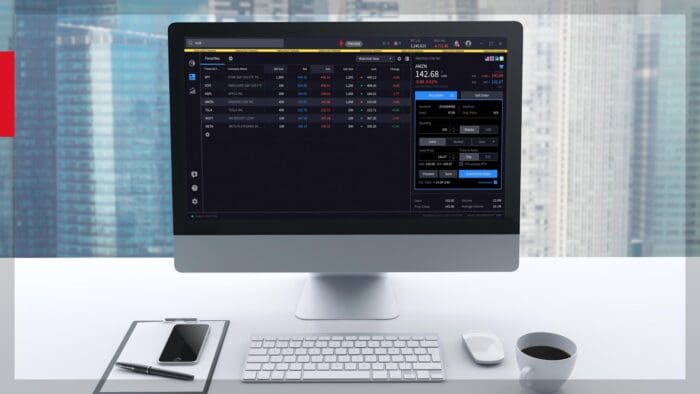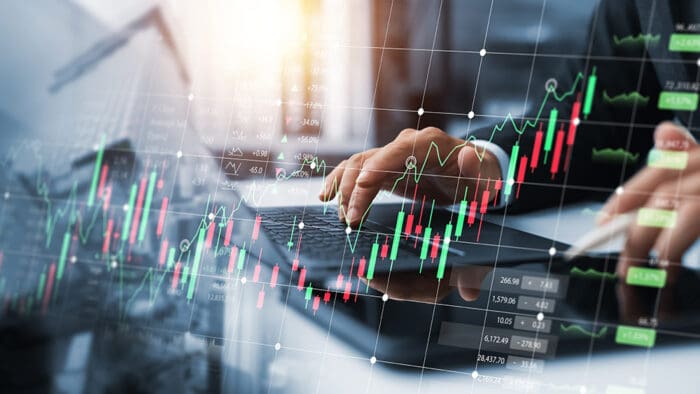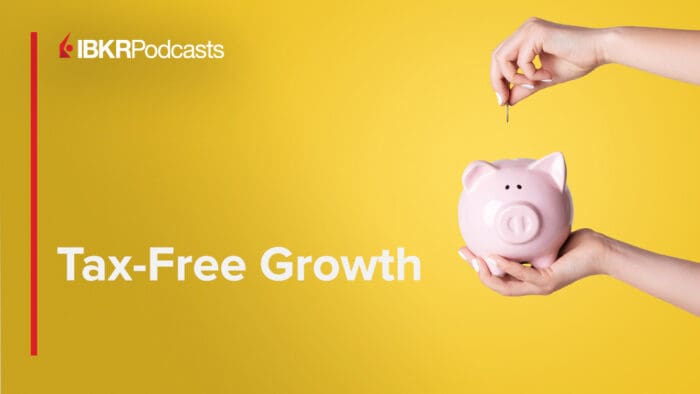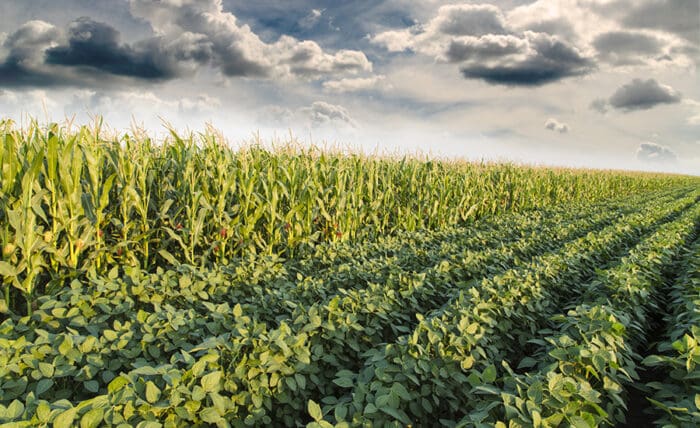Corn production in the United States is subject to a wide variety of mandatory national sustainability and conservation laws and regulations, concurrent with widespread voluntary implementation of environmental best practices established by the nation’s farmers. A combination of environmental regulation and improved corn production practices has led to dramatic improvement in land use, water use, energy use, greenhouse gas emissions and soil erosion over the last four decades.
To capture, measure and facilitate the progress made in U.S. corn sustainability, the U.S. Grains Council (USGC) has created the Corn Sustainability Assurance Protocol (CSAP). This farmer-led initiative is made operational for international trade through Sustainable Corn Exports LLC, a web platform created by the USGC to provide traceability across international supply chains of the volumes of sustainable U.S. corn as defined in the CSAP, allowing for the issuance of Records of Sustainability (ROS) free of charge for individual export shipments.
Corn: an ever-evolving crop
The story of agriculture in the United States during the last century is in many ways a story of corn. Achieving dominance in terms of acreage and production in the twentieth century, the crop persists as the most widely planted in the twenty-first century in the United States. The abundance and versatility of the nation’s corn crop is reflected in the adaptability and receptiveness to innovation of the nation’s corn producers. As producers have been willing to apply and accept new production practices that increase yields, so have they been willing to adopt more sustainable methods.
Field to Market: The Alliance for Sustainable Agriculture is a multi-stakeholder organization committed to facilitating more sustainable agricultural practices and outcomes worldwide. Provided in their 2021 report,1 Field to Market measured environmental outcomes from on-farm production in the United States across major field crops including corn. The following figure shows the reductions in land use, water use, energy use, greenhouse gas (GHG) emissions and soil erosion per bushel of corn for grain. Since 1980, corn for grain in the United States has required 44% less land, 56% less water and 55% less energy per bushel grown. In that same time, corn for grain in the United States has produced 48% less greenhouse gas (in pounds of CO2) and has resulted in 40% less soil erosion, measured in tons of soil per acre.
Corn for grain: percent reduction since 1980

Source: Field to Market
Past performance is not indicative of future results
Corn Sustainability Assurance Protocol
Progress on the aforementioned sustainability metrics was achieved through decades of policy development and the implementation of best practices by corn farmers, including more efficient fertilizer use and reduced tillage.
To capture the scope of U.S. corn sustainability, the U.S. Grains Council (USCG), the primary export market developer for U.S. corn producers, developed the Corn Sustainability Assurance Protocol (CSAP). USGC works closely with the National Corn Growers Association (NCGA), state-level producer associations and its members to best represent and support the interests of the nation’s more than 300,000 corn growers. The CSAP consolidates the existing laws and regulations surrounding U.S. corn production as well as prevailing and recommended sustainability practices. The protocol identifies key impact categories that align with Field to Market’s measurement framework and NCGA’s sustainability commitments.
CSAP impact categories:
- Greenhouse Gas Emissions, Fossil Fuel Use & Air Quality
- Water Quality & Quantity
- Soil Health & Productivity
- Land Use, Sensitive Habitats and Biodiversity
- Crop Health & Agricultural Best Management Practices
- Agrochemical & Nutrient Management
- Waste & Pollution
- Working Conditions & Labor Relations
- Worker & Public Safety
- Community Relations
- Continuous Improvement and Governance
Since its establishment in 2023, the CSAP has achieved Gold Level Equivalence, the highest level, in the Sustainable Agriculture Initiative (SAI) Platform’s Farm Sustainability Assessment 3.0 benchmarking process.
Sustainable Corn Exports LLC and the record of sustainability
Sustainable Corn Exports LLC is a web platform created by USGC with the purpose of helping the international buyers of U.S. corn and corn products to address sustainability requirements within supply chains, through the registry and issuance of documentation that provides assurance of the U.S. corn volumes that meet the definition of sustainability in light of the CSAP.
According to the Protocol, Sustainable Corn Exports LLC annually determines the total amount of U.S. corn in compliance with the CSAP based on a minimum verification threshold, which is linked to corn producers submitting to USDA an annual internal audit of compliance with the Highly Erodible Land Conservation and Wetland Conservation provisions (Form AD1026). USGC estimates that over 90% of U.S. corn acres are subject to conservation compliance provisions, and thus subject to verification by USDA-Natural Resource Conservation Service (NRCS) reviews.
Making use of reported acres by U.S. corn farmers and each marketing year’s average yield, as reported by USDA, USGC employs a mass-balance2 approach to account for the volumes of sustainable U.S. corn registered within its platform. This means that it does not require individual registration from U.S. corn producers on its system or physical segregation of the corn derived from reported and non-reported acres. Instead, eligible U.S. sustainable corn volumes that are exported get discounted from the global calculated amount in the system, with each shipment of corn that goes overseas.
Through the Sustainable Corn Exports electronic database, interested and eligible corn buyers can register online and request a shipment-specific record of sustainability (ROS) that validates product eligibility under the CSAP for each shipment of corn. Shippers using the database can establish and maintain a firm-specific record that will provide the necessary information for a uniquely identified ROS to accompany individual U.S. corn exports.
Each shipment of U.S. corn covered by CSAP will be accompanied by a uniquely numbered shipment-specific document containing selected information from the shippers’ record, and a Sustainable Corn Exports LLC validation of the mass balance accounting method chain of custody from a volume of CSAP-compliant corn meeting the minimum sustainability verification threshold. There is no cost to any of the parties for the use of the Sustainable Corn Exports platform or for the issuance and use of the respective ROS.
Sustainable Corn Exports in Action
To date, more than 18.2 million MT of U.S. corn product has been exported carrying a Record of Sustainability, employed by 213 importers, 34 exporters and 16 other supply chain users across 37 countries. The top regions for recipients of ROS-carrying corn have been the Americas, the EU and Asia.
Top 10 countries for U.S. corn exports carrying ROS, 2023-present
- Colombia
- Mexico
- Japan
- Honduras
- Guatemala
- Costa Rica
- Ireland
- Taiwan
- El Salvador
- Spain
In the first full marketing year in which Records of Sustainability have been issued, 2023/2024, over 9.5 million metric tons of corn products have been exported carrying a ROS and at the halfway point of the 2024/2025 marketing year, already more than 8.5 million metric tons of U.S. corn exports have carried a ROS. Among corn exports at the midpoint of the current crop year, yellow corn carries the overwhelming majority of export certificates with 7.5 million, or 88.3%, followed by distillers dried grains (DDGs), corn gluten feed, white corn and corn gluten meal.
2024/2025 ROS issuance by product, MT

Source: US Grains Council
Past performance is not indicative of future results
Looking to the future of U.S. corn sustainability
USGC supports and aligns with the National Corn Growers Association (NCGA) national sustainability goals, which are centered around Field to Market’s measured impact categories. By 2030, NCGA aims for U.S. corn to see increased land use efficiency by 12%, a reduction of soil erosion by 13%, water irrigation efficiency increased by 15%, energy use efficiency increased by 13% and a reduction in GHG emissions of 13% over 2020 levels.
Conclusion
Corn in the United States has seen significant improvements in all major sustainability metrics over the past four decades. The U.S. Grains Council (USGC) and the National Corn Growers Association (NCGA) have sought to facilitate, measure and codify the progress made by the nation’s farmers, resulting in the Corn Sustainability Assurance Protocol (CSAP) and Sustainable Corn Exports platform. Several components of the CSAP rely on the third-party national environmental indicators developed by Field to Market. Corn covered by the CSAP may receive, free of charge, a record of sustainability (ROS) issued by Sustainable Corn Exports LLC, to prove a level of sustainability recognized by international buyers. The organizations recognize the work yet to be done in corn sustainability, look towards further reducing the environmental impact of the crop and seek to articulate with stakeholders across international supply chains to address sustainability requirements.
Launched in 1877, Corn futures have reflected an evolving underlying crop. Looking ahead, CME Group Corn (ZC) futures will continue to reflect an ever-developing industry. Learn more at www.cmegroup.com/corn.
—
Originally Posted on April 1, 2025 – Corn Sustainability in the United States
References
- Field to Market aims to compile research on a five-year basis, with 2020-2025 data planned to be released in 2026.
- “Mass balance is a sourcing method that allows for certified and non-certified ingredients to become mixed during the shipping and manufacturing processes”; Rainforest Alliance, ‘What is Mass Balance Sourcing’, https://bit.ly/3AW2uH5
Disclosure: CME Group
© [2023] CME Group Inc. All rights reserved. This information is reproduced by permission of CME Group Inc. and its affiliates under license. CME Group Inc. and its affiliates accept no liability or responsibility for the information contained herein, including but not limited to the currency, accuracy and/or completeness of this information, and delays, interruptions, errors or omissions. This information is an unofficial copy and may not reflect the official and accurate version. For the definitive and up-to-date version of any of this information, please see cmegroup.com.
Disclosure: Interactive Brokers Third Party
Information posted on IBKR Campus that is provided by third-parties does NOT constitute a recommendation that you should contract for the services of that third party. Third-party participants who contribute to IBKR Campus are independent of Interactive Brokers and Interactive Brokers does not make any representations or warranties concerning the services offered, their past or future performance, or the accuracy of the information provided by the third party. Past performance is no guarantee of future results.
This material is from CME Group and is being posted with its permission. The views expressed in this material are solely those of the author and/or CME Group and Interactive Brokers is not endorsing or recommending any investment or trading discussed in the material. This material is not and should not be construed as an offer to buy or sell any security. It should not be construed as research or investment advice or a recommendation to buy, sell or hold any security or commodity. This material does not and is not intended to take into account the particular financial conditions, investment objectives or requirements of individual customers. Before acting on this material, you should consider whether it is suitable for your particular circumstances and, as necessary, seek professional advice.
Disclosure: Futures Trading
Futures are not suitable for all investors. The amount you may lose may be greater than your initial investment. Before trading futures, please read the CFTC Risk Disclosure. A copy and additional information are available at the Warnings and Disclosures section of your local Interactive Brokers website.

















Join The Conversation
If you have a general question, it may already be covered in our FAQs page. go to: IBKR Ireland FAQs or IBKR U.K. FAQs. If you have an account-specific question or concern, please reach out to Client Services: IBKR Ireland or IBKR U.K..
Visit IBKR U.K. Open an IBKR U.K. Account